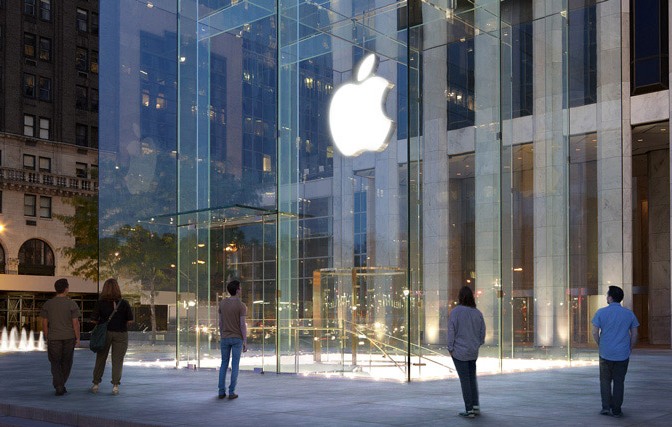
Chinese brands are dominating the global smartphone market, making a dent in Apple’s market share in Q2 2017.
Registration opens for webinar — ISP Summit 2017 and win gifts
China smartphone brands have marked a record 48 percent market share with India, South Asia and Africa remaining as key focus geographies, according to Counterpoint Research.
Xiaomi (60 percent), Vivo (45 percent), Oppo (33 percent) and Huawei (20 percent) were the fastest growing brands with increasing overseas smartphones shipments.
Research agency Canalys said Apple held on to second place by shipping 41 million iPhones, increasing its annual shipments volume by 2 percent.
Huawei shipped 38 million units (+20 percent) to close the gap with the leading pair and get within 3 million units of taking the second place from Apple.
Oppo and Xiaomi were the top performers in fourth and fifth spot, growing shipments 44 percent and 52 percent respectively.
“The global smartphone market continued to grow in Q2, despite India and China both slipping into decline,” said Canalys Research Analyst Vincent Thielke.
 In addition to Samsung and Apple, Chinese phone companies such as Huawei with 10.7 percent, OPPO with 8.2 percent and Xiaomi with 6.4 percent are the top five smartphone brands in the world, according to Strategy Analytics.
In addition to Samsung and Apple, Chinese phone companies such as Huawei with 10.7 percent, OPPO with 8.2 percent and Xiaomi with 6.4 percent are the top five smartphone brands in the world, according to Strategy Analytics.
Strategy Analytics said smartphone shipments grew 6 percent to 360 million in Q2 2017. Samsung maintained first position with 22 percent global smartphone marketshare, while Apple dipped to 11 percent share. Xiaomi surged 58 percent annually and rejoined the top five rankings for the first time in a year.
“Smartphone shipments grew 6 percent from 341.5 million units in Q2 2016 to 360.4 million in Q2 2017. The smartphone market has settled into a steady rhythm of single-digit growth this year, driven by first-time buyers across emerging markets like Africa and upgrades to flagship Android models in developed regions such as Western Europe,” said Linda Sui, director at Strategy Analytics.
Counterpoint Research said Xiaomi, Vivo, Oppo and Huawei have been successful in not only cementing their positions in their home country but also managing to expand beyond mainland China at the same time.
Tarun Pathak, associate director, Counterpoint Research, said they have backed their channel strategies with aggressive marketing spend in both above-the-line and below-the-line campaigns. These brands will continue to expand their reach beyond China during the second half of this year.
Samsung led the smartphone market by volume with a market share of 22 percent. However, its shipments recorded only a marginal growth of 4 percent annually during the quarter.
Apple’s global smartphone market share declined due to seasonality.
On Tuesday, Apple revealed third quarter results, saying iPhone sales were up 1.6 percent to 41.03 million. The Cupertino-based tech giant sold 40.4 million iPhones a year earlier.
“Demand for older generation iPhones remained strong in markets like Russia, India, Vietnam, Indonesia and other fast-growing markets,” Pathak noted.
“Many users are likely to delay their purchase of a new iPhone in anticipation of the much awaited iPhone 10th anniversary edition which is expected to be a super-cycle for Apple – though supply-side challenges might limit the initial volumes available,” he added.
Apple’s decline in China continues as Oppo, Vivo and Huawei posted record Q2 2017 shipments in the country.





